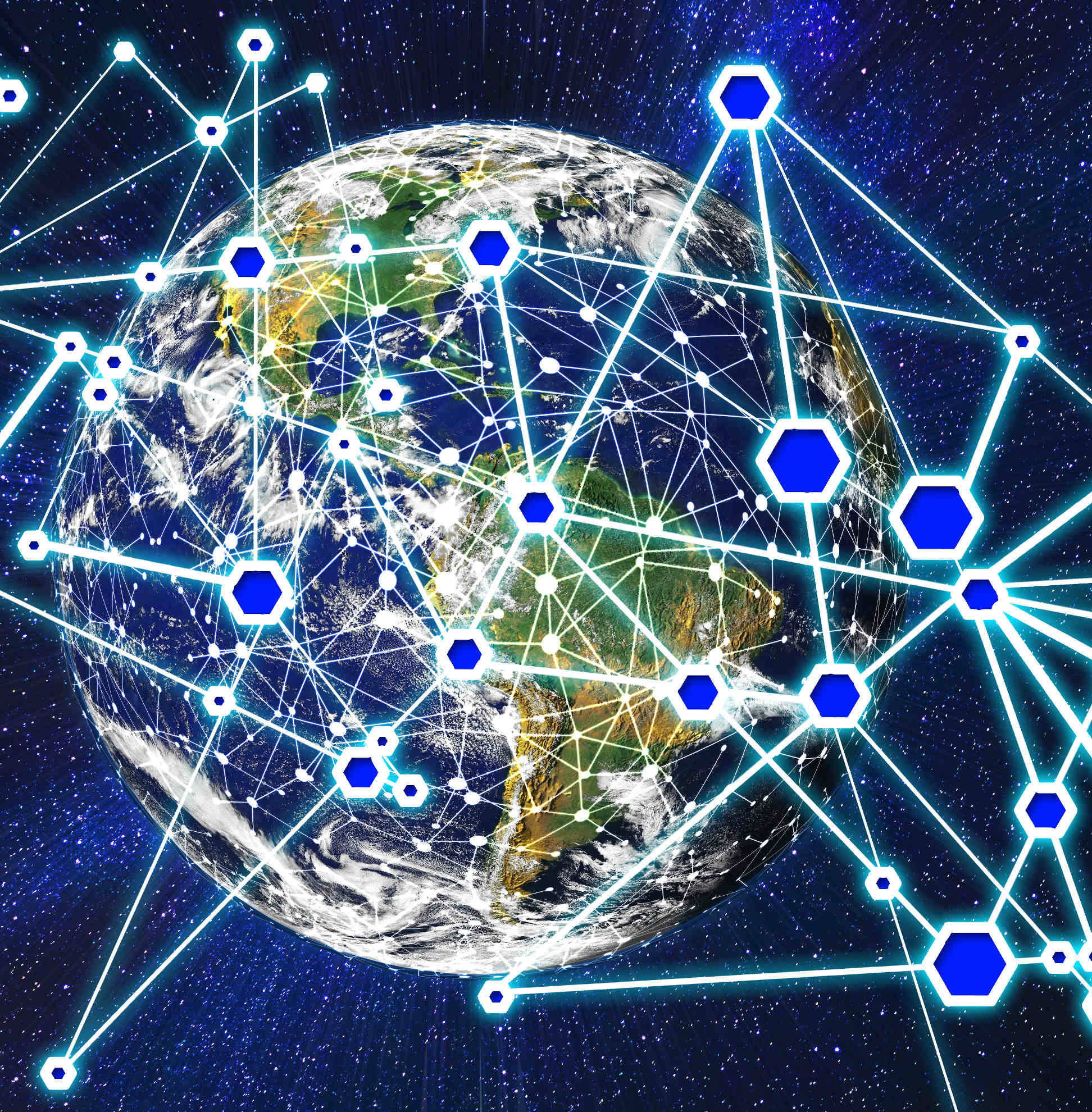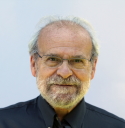IEEE-Madison Webinar: “Internet Infrastructure -- Fungible Packets Everywhere”

Talk: “Internet Infrastructure -- Fungible Packets Everywhere" -- The Internet Infrastructure evolved over many years starting with per-line connected dial-ups. The talk discusses the history of technical evolution of the internet and how many things were discovered that "experts" thought were not technically feasible, such as VoIP. It is time to examine the structure and replace the "rent to never own" infrastructure with a lower cost, more flexible "Fungible Packets Everywhere" approach.
Bob Frankston discusses the history of technological development along with the regulatory environment and how that biased the internet evolution. He argues that companies selling "service" are not in a position to offer the lowest cost connectivity. By switching to a fungible packet infrastructure where the actual connecting technology can be dynamically changed he predicts we will reach a lower cost and more reliable internet.
Speaker: Bob Frankston is best known for implementing VisiCalc (https://rmf.vc/VisiCalc), the first electronic spreadsheet and enabling home networking (while at Microsoft). Throughout his career he has sought to share the power of software with others by creating enabling technologies. He is currently on the Board of Governors of the IEEE Consumer Electronics Society and writes a column for their magazine.
Note: For background information, see Frankston's 2020 IEEE-Madison talk: "Software + Connectivity => Opportunity and a New Generative Reality”
Date and Time
Location
Hosts
Registration
-
 Add Event to Calendar
Add Event to Calendar
Loading virtual attendance info...
- Contact Event Hosts
- Co-sponsored by IEEE-Madison Entrepreneurs and Consultants Network
Speakers
 Bob Frankston of IEEE CES
Bob Frankston of IEEE CES
Internet Infrastructure -- Fungible Packets Everywhere
Talk: “Internet Infrastructure -- Fungible Packets Everywhere" -- The Internet Infrastructure evolved over many years starting with per-line conected dial-ups. The talk discusses the history of technical evolution of the internet and how many things were discovered that "experts" thought were not techiically feasible, such as VoIP. It is time to examine the structure and replace the "rent to never own" infrastructure with a lower cost, more flexible "Fungible Packets Everywhere" approach.
Frankston discusses the history of technological development along with the regulatory environment and how that biased the internet evolution. He argues that companies selling "service" are not in a position to offer the lowest cost connectivity. By switching to a fungile packet infrastucture where the actual connecting technology can be dynamically changed he predicts we will reach a lower cost and more reliable internet.
Speaker: Bob Frankston is best known for implementing VisiCalc (https://rmf.vc/VisiCalc), the first electronic spreadsheet and enabling home networking (while at Microsoft). Throughout his career he has sought to share the power of software with others by creating enabling technologies. He is currently on the Board of Governors of the IEEE Consumer Electronics Society and writes a column for their magazine.
Note: For background information, see Frankston's 2020 IEEE-Madison talk: "Software + Connectivity => Opportunity and a New Generative Reality”
Also, see Bob's columns here: "Communities of Things" and here: "Rewiring my House... and the World"
Biography:
Academic |
While in Junior High School sat in on a class for Hunter College faculty on how to program their new IBM 1620. It was taught by Mary Dolciani. (January 1963) | ||||||||||||||||
Stuyvesant High School (1963-1966)Stuyvesant is one of the Science/Academic schools in New York City. Helped start the computer curriculum. Spent time at New York University's Courant Institute, where I gained experience on larger systems. There is a link back to this site on their Alumni page. |
|||||||||||||||||
MIT (Undergrad 1967-1970, Grad 1970-1976)Received BS Degrees in both Computer Science and Mathematics in 1970 and Masters and Engineers Degrees in Computer Science (and EE) in 1974. Did graduate work at Project MAC (renamed Laboratory for Computer Science and now CSAIL) where I was involved in the Multics project. My Master's Thesis was "The Computer Utility as a Marketplace for Computer-Based Services". One area of continuing interest is "federated" systems. These are loosely coupled systems and databases as opposed to the more rigid distributed systems. Also did research in the Clinical Decision Making Group. Co-founded the Student Information Processing Board, which provided computer access to students. |
|||||||||||||||||
Business and Professional |
|
||||||||||||||||
Awards & Honors |
|
||||||||||||||||
Writings |
Click here. | ||||||||||||||||
Prehistory |
I was born in 1949 in Brooklyn, New York. |
The Engineer's Degree is not as common in the United States as in Europe. It is a degree beyond the Master's but not quite a Ph.D. More information about MIT EECS degree's.
Address:United States
Agenda
6:00 PM -- Talk Starts with Pre-recorded video
6:45 PM: Q&A/Discussion
Meeting Information
- Meeting link: NOTE: The URL for the Webinar will be sent to your email address prior to the event. PLEASE Register!
Questons for Bob? Send an email to tjkaminski@ieee.org with your question and he will see them.


